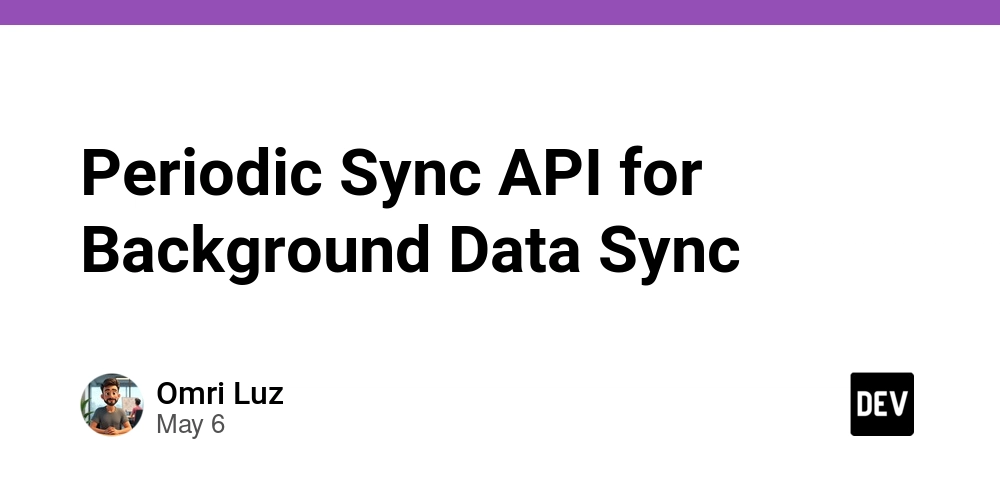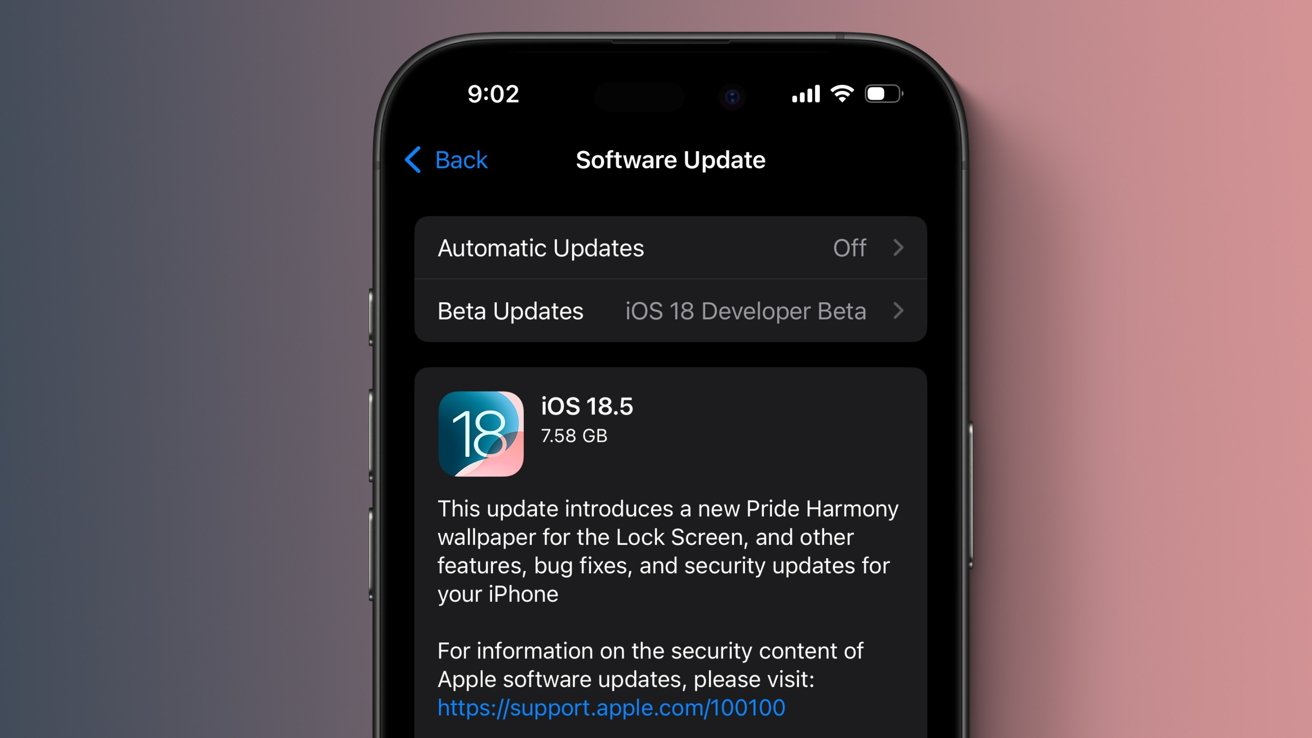How to Select N Messages with Sum of Verbosity Less than N?
Selecting messages with a specified sum of verbosity can be challenging in SQL, especially when the goal is to find all messages where the sum of a specific column stays below a certain threshold. In this case, we want to find messages from a table with a specified verbosity value such that the summed values of verbosity for a given set of rows remain under a specified limit, N. Understanding the Problem In our example, we have a simple table named messages, which contains two columns: id and verbosity. Given the entries: | id | verbosity | |----|-----------| | 1 | 20 | | 2 | 20 | | 3 | 20 | | 4 | 30 | | 5 | 100 | When we wish to choose rows whose sum of verbosity is less than a certain value, say N = 70, we expect to select the rows with ids 1, 2, and 3, where the total verboseness would compute to 60. SQL Query Solution The challenge is finding those rows without exceeding N. Here, we appreciate the SQL features like Common Table Expressions (CTEs), which enhance clarity and modularity, while remaining database-independent. Step-by-Step SQL Query We can achieve this by using a recursive approach or a cumulative sum strategy to keep track of the running total as we build our result set. Below is a SQL solution that works in both PostgreSQL and SQLite: WITH RECURSIVE selected_messages AS ( SELECT id, verbosity, verbosity AS total FROM messages WHERE id = 1 -- Starting point, consider the first message UNION ALL SELECT m.id, m.verbosity, sm.total + m.verbosity FROM messages m JOIN selected_messages sm ON m.id = sm.id + 1 WHERE sm.total + m.verbosity < 70 -- Check if adding the next message stays < 70 ) SELECT * FROM selected_messages; Query Breakdown CTE Creation: We create a Common Table Expression named selected_messages, allowing us to recursively build our result. Initial Selection: The first query in the CTE selects the first row of the messages table, setting the total verbosity equal to the verbosity of that row. Recursive Union: The second part of the UNION ALL continues selecting subsequent messages (assuming ordered by id) and checks if adding their verbosity keeps the total under 70, sending valid results further down the recursion. Final Selection: Finally, we SELECT from our CTE to retrieve the valid messages. FAQs What if N is different? You can simply replace the value ‘70’ with your desired threshold in the where condition of the recursive CTE. Does this solution work on other databases? While the method uses SQL features common in PostgreSQL and SQLite, you should verify syntax compatibility and recursion limits across different SQL databases. Most modern SQL databases also support CTE, ensuring a broad applicability. Conclusion This SQL approach is an excellent method for dynamically selecting rows while managing cumulative conditions. Not only is it adaptable to different N values, but it also takes advantage of recursive queries, which aid in achieving a desired outcome effectively without specific dependence on a single database system.

Selecting messages with a specified sum of verbosity can be challenging in SQL, especially when the goal is to find all messages where the sum of a specific column stays below a certain threshold. In this case, we want to find messages from a table with a specified verbosity value such that the summed values of verbosity for a given set of rows remain under a specified limit, N.
Understanding the Problem
In our example, we have a simple table named messages, which contains two columns: id and verbosity. Given the entries:
| id | verbosity | |----|-----------| | 1 | 20 | | 2 | 20 | | 3 | 20 | | 4 | 30 | | 5 | 100 |
When we wish to choose rows whose sum of verbosity is less than a certain value, say N = 70, we expect to select the rows with ids 1, 2, and 3, where the total verboseness would compute to 60.
SQL Query Solution
The challenge is finding those rows without exceeding N. Here, we appreciate the SQL features like Common Table Expressions (CTEs), which enhance clarity and modularity, while remaining database-independent.
Step-by-Step SQL Query
We can achieve this by using a recursive approach or a cumulative sum strategy to keep track of the running total as we build our result set. Below is a SQL solution that works in both PostgreSQL and SQLite:
WITH RECURSIVE selected_messages AS (
SELECT id, verbosity, verbosity AS total
FROM messages
WHERE id = 1 -- Starting point, consider the first message
UNION ALL
SELECT m.id, m.verbosity, sm.total + m.verbosity
FROM messages m
JOIN selected_messages sm ON m.id = sm.id + 1
WHERE sm.total + m.verbosity < 70 -- Check if adding the next message stays < 70
)
SELECT * FROM selected_messages;
Query Breakdown
-
CTE Creation: We create a Common Table Expression named
selected_messages, allowing us to recursively build our result. -
Initial Selection: The first query in the CTE selects the first row of the
messagestable, setting the total verbosity equal to the verbosity of that row. -
Recursive Union: The second part of the
UNION ALLcontinues selecting subsequent messages (assuming ordered byid) and checks if adding their verbosity keeps the total under 70, sending valid results further down the recursion. - Final Selection: Finally, we SELECT from our CTE to retrieve the valid messages.
FAQs
What if N is different?
You can simply replace the value ‘70’ with your desired threshold in the where condition of the recursive CTE.
Does this solution work on other databases?
While the method uses SQL features common in PostgreSQL and SQLite, you should verify syntax compatibility and recursion limits across different SQL databases. Most modern SQL databases also support CTE, ensuring a broad applicability.
Conclusion
This SQL approach is an excellent method for dynamically selecting rows while managing cumulative conditions. Not only is it adaptable to different N values, but it also takes advantage of recursive queries, which aid in achieving a desired outcome effectively without specific dependence on a single database system.






































































































































































![[The AI Show Episode 146]: Rise of “AI-First” Companies, AI Job Disruption, GPT-4o Update Gets Rolled Back, How Big Consulting Firms Use AI, and Meta AI App](https://www.marketingaiinstitute.com/hubfs/ep%20146%20cover.png)

















































































































































































.jpg?width=1920&height=1920&fit=bounds&quality=70&format=jpg&auto=webp#)





















































.jpg?#)






























_Alexey_Kotelnikov_Alamy.jpg?width=1280&auto=webp&quality=80&disable=upscale#)
_Brian_Jackson_Alamy.jpg?width=1280&auto=webp&quality=80&disable=upscale#)

_Steven_Jones_Alamy.jpg?width=1280&auto=webp&quality=80&disable=upscale#)


 Stolen 884,000 Credit Card Details on 13 Million Clicks from Users Worldwide.webp?#)






















































































![Roku clarifies how ‘Pause Ads’ work amid issues with some HDR content [U]](https://i0.wp.com/9to5google.com/wp-content/uploads/sites/4/2025/05/roku-pause-ad-1.jpg?resize=1200%2C628&quality=82&strip=all&ssl=1)

![Look at this Chrome Dino figure and its adorable tiny boombox [Gallery]](https://i0.wp.com/9to5google.com/wp-content/uploads/sites/4/2025/05/chrome-dino-youtube-boombox-1.jpg?resize=1200%2C628&quality=82&strip=all&ssl=1)










![Apple Seeds visionOS 2.5 RC to Developers [Download]](https://www.iclarified.com/images/news/97240/97240/97240-640.jpg)
![Apple Seeds tvOS 18.5 RC to Developers [Download]](https://www.iclarified.com/images/news/97243/97243/97243-640.jpg)

![Apple Releases macOS Sequoia 15.5 RC to Developers [Download]](https://www.iclarified.com/images/news/97245/97245/97245-640.jpg)








































































































